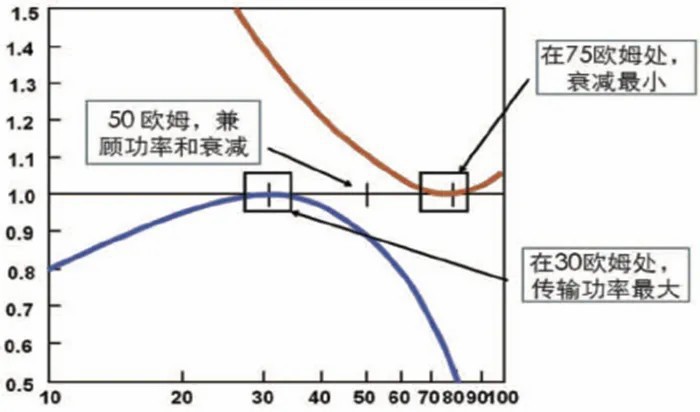May 19, 2023
First of all, the characteristic impedance mentioned in the title is determined by the ratio of the diameter of the outer conductor to the inner conductor of the coaxial cable and the dielectric constant of the insulating medium between the two conductors. Because radio frequency energy is always transmitted on the conductor surface of the radio frequency cable, the diameter of the conductor refers to the outer diameter of the inner conductor and the inner diameter of the outer conductor. Impedances are usually chosen to match the overall system.
In order to make the system match and get better transmission performance, the choice of cable impedance must match the impedance of other components in the system. Usually the classification of impedance is mainly the result of long-term practice of comprehensive balance according to system power requirements and attenuation requirements. As shown, the 75 ohm impedance transmission system has the lowest attenuation, while the 35 ohm impedance system can transmit the highest power. 50 ohms balances power and attenuation.

Coaxial Cable Impedance
When choosing an RF cable, the most important thing is to choose the impedance of the cable according to the impedance of the system. The most common impedances for coaxial cables are 50 and 75 ohms. Others from 35 to 185 ohms are also sometimes used. 50 ohms are mainly used in microwave and radio transmission; 75 ohms are mainly used in cable TV and video surveillance systems; 85 and 100 ohms are mainly used in data transmission systems.